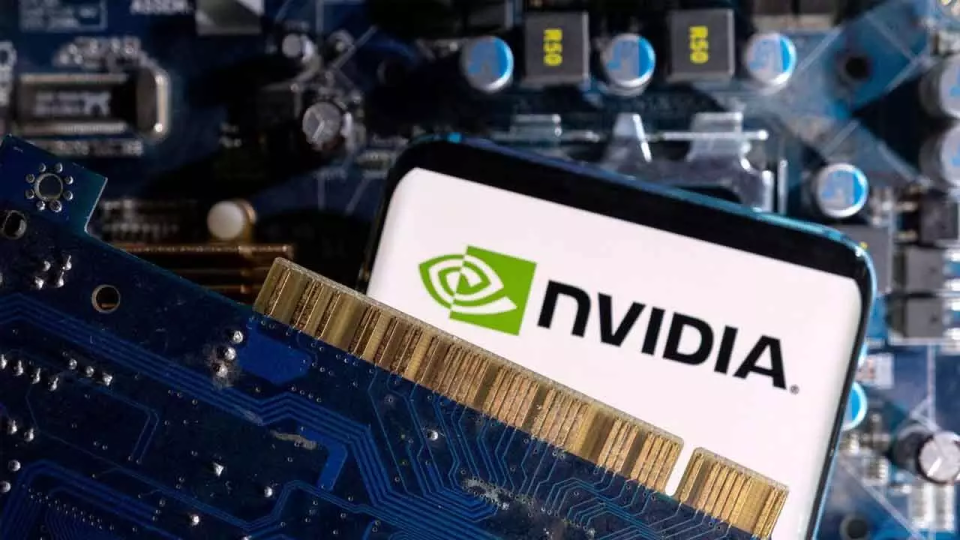Nvidia (NASDAQ: NVDA) just pulled off something no other company has managed. Today Nvidia’s shares topped $164 in intraday trading, pushing its market capitalization past the $4 trillion mark. That’s not just a record for Nvidia, it’s a new high-water mark for the entire stock market. So, what exactly happened to send Nvidia into this rarefied air, and why now?
Nvidia’s rise is tightly tied to the global explosion in artificial intelligence. The company’s graphics processing units (GPUs) are the backbone of modern AI infrastructure. Every time you hear about a new breakthrough in generative AI, large language models, or supercomputing, there’s a good chance Nvidia’s hardware is powering it. The demand for these chips has been relentless, and it’s not just hype. Nvidia now controls about 90% of the data center GPU market, a level of dominance that’s rare in any industry.
The generative AI market itself is expected to grow at a compound annual rate of over 40% for the next decade. Companies from OpenAI to Tesla are building their most advanced systems on Nvidia’s platforms. That kind of demand isn’t theoretical, it’s showing up in Nvidia’s earnings. The company’s most recent quarterly report revealed 69% year-over-year revenue growth, largely driven by its data center and AI segments.
If you think Nvidia’s story is just about riding a hot trend, it’s worth noting the company has faced real challenges. In the second quarter, Nvidia took an $8 billion revenue hit after new U.S. chip export restrictions disrupted sales of its H20 chips in China. For many companies, that kind of setback would be a major blow. For Nvidia, it was a speed bump. Analysts expect the company to make up for lost sales in the second half of 2025 as new opportunities emerge outside China.
Nvidia’s $4 trillion market cap means it now sits above both Microsoft and Apple, which previously crossed the $3 trillion threshold. That’s a remarkable feat for a company that, just two years ago, was valued at $1 trillion. Microsoft, notably, is one of Nvidia’s largest customers, relying on its chips for cloud infrastructure and AI services.
The company’s stock has surged 40% over the past three months, a rally that’s left other tech giants in the dust. Investors have been piling in, betting that Nvidia’s dominance in AI hardware will continue as the world shifts further toward automation, machine learning, and data-driven decision making.
Let’s break down the numbers. Nvidia’s shares opened at $159.85 today and quickly climbed above $164 in intraday trading. That surge pushed its market cap past the $4 trillion threshold, the first time any company has reached that level. To put it in perspective, Apple’s previous record was $3.915 trillion, set in December 2024.
Looking ahead, analysts expect Nvidia to generate $200 billion in revenue for fiscal year 2026, with projections jumping to $250 billion in 2027. Those aren’t just big numbers, they’re a reflection of Nvidia’s central role in the next wave of technological change.
Nvidia’s remarkable market dominance is a key factor behind current optimism about the company’s future. In the first quarter of 2025, Nvidia captured an unprecedented 92% share of the add-in board (AIB) GPU market, far outpacing competitors like AMD and Intel. This dominance extends to data center GPUs, where Nvidia holds more than a 90% market share, making it the de facto industry standard for powering artificial intelligence infrastructure and generative AI models.
This commanding position is fueled by relentless demand for AI, as the world’s largest companies race to build out AI infrastructure and consistently choose Nvidia as their supplier of choice. Nvidia’s technology is not limited to AI; its chips are also integral to supercomputers, electric vehicles, gaming consoles, and emerging fields like the metaverse and cryptocurrency mining. Even after facing export restrictions, analysts expect Nvidia to recover quickly and continue expanding into new markets, supported by strategic partnerships and investments with major tech firms and AI startups.
Nvidia’s climb to a $4 trillion market cap isn’t just a story about a hot stock. It’s about how one company became the engine of the AI revolution, reshaping industries from cloud computing to gaming. While there are still risks on the horizon, geopolitical tensions, competition, and the ever-present threat of technological disruption, Nvidia’s story so far is one of resilience, innovation, and a bit of market magic. For now, Nvidia stands alone at the top.

